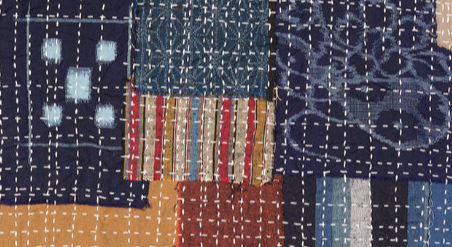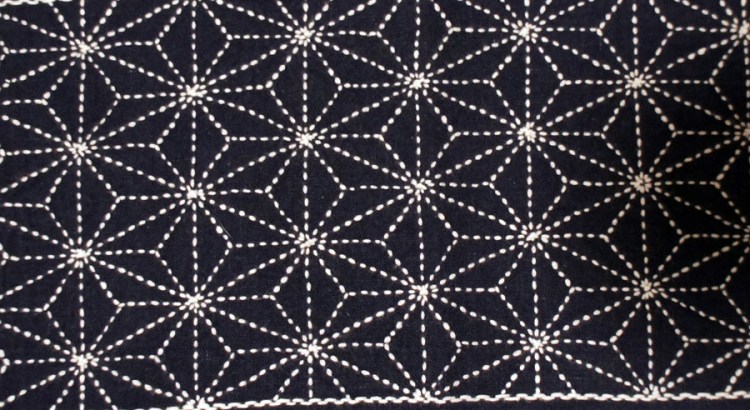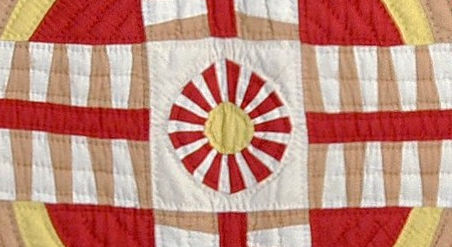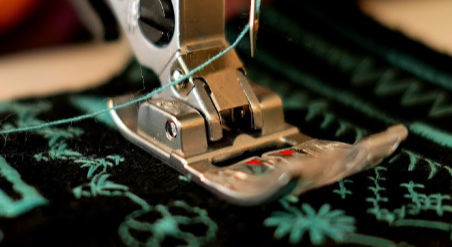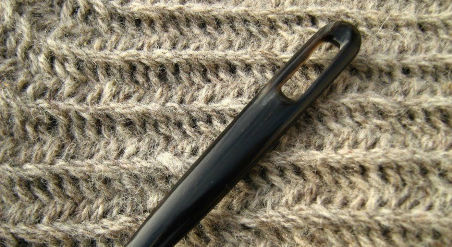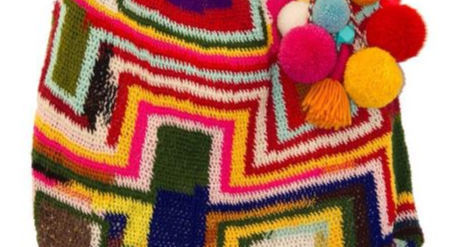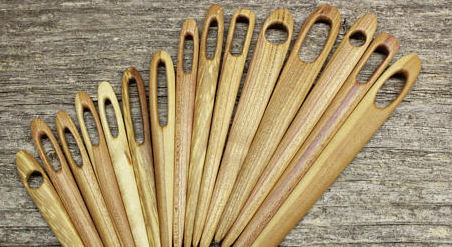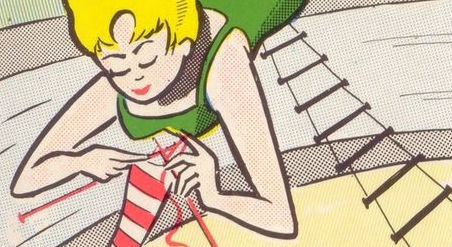Ari Embroidery



Ari embroidery, also known as ari work, is a type of decorative needlework which produces a chain stitch.
This embroidery technique began in India. It was adopted by Europeans by the eighteeneth century, where it is known as tambour work, tambour embroidery, and Luneville embroidery.
Ari embroidery can be done on woven and un-woven materials, including paper and leather. The material which is the base for embellishment can be stretched over a frame or held in the hands.
The Victoria and Albert Museum's short documentary (below) shows craftsmen at work on an ari embroidery piece at the Sankalan Embroidery Design and Production House in Jaipur, India.
We see the embroidery design first taking shape as a drawing made on tracing paper, and then making its way to fabric stretched tightly on a frame via a paper and plastic stencil that’s been pricked with holes all along the drawn lines.
A liquid Chalk solution is applied to the pin-pricked plastic, and rubbed through the tiny holes, making an outline of the drawing onto the fabric.
· Don't miss: For the Love of Cross-Stitching, Soumak Weaving, Jacquard Weaving, and Tapestry Weaving. Find best-selling Embroidery books here. [As an Amazon Associate I earn from qualifying purchases (at no extra cost to you).]



Embroidery thread is held underneath the fabric, while a thin hook is poked through the top, catching and pulling the thread and bringing it through to the top of the piece, making a loop.
Each new loop is pulled through the previous one, making a continuous chain-stitch, following the dotted outline of the drawing.



After the ari work is finished, the embroiderer holds a piece of wood on the underside of the fabric as they use a wooden hammer to pound the threads flat on the upper side.
· You might find helpful: Crafting Resources.
Screen grabs from the Victoria and Albert Museum's video How Was it Made? Ari Embroidery.
POPULAR POSTS
Follow a tutorial for making a patchworked bag with Sashiko topstitching. | Follow tutorials for how to create traditional Japanese embroidery stitching. | Explore a library's digitized vintage maps, which you can download for free. | Learn from a museum textile curator how to best care for your quilts. |
Learn to make a basket weave pattern quilt from scraps of fabric. | Sisters Lorna and Jill Watt create amazing yarn bomb installations . | Ceramic artists create fantastical structures using magnetic clay. | Learn about a Viking fabric-making technique which pre-dates knitting. |
Follow a tutorial for making a bilum bag - PNG's traditional fabric. | Learn to make a pinhole camera; develop paper film with common items. | Learn about a stretchy fabric made with connected loops. | Free digitized knitting magazines 1800 - now. |
